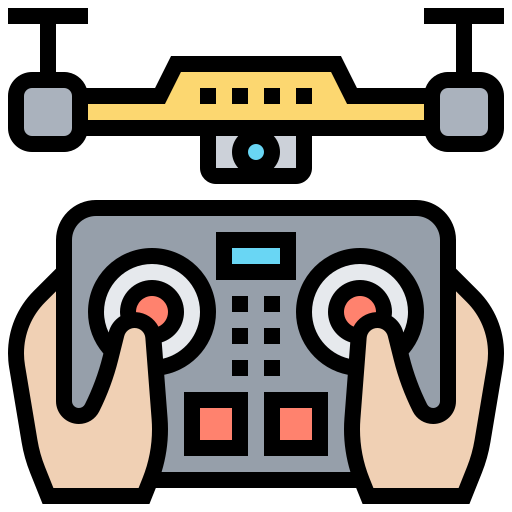In a world where technological advancements are constantly revolutionizing how we view and interact with our surroundings, drone mapping has emerged as a cutting-edge tool that is reshaping the way we gather and analyze geographic data. With the ability to capture high-resolution images and detailed topographical information from above, drones are providing invaluable insights for a wide range of industries, from agriculture to urban planning. Join us as we dive into the exciting world of drone mapping and explore the endless possibilities it offers for understanding our world from a new perspective.
Navigating the World of Drone Mapping
can be an exciting and complex journey for both beginners and experienced professionals. With the advancements in technology, drones have become an essential tool for mapping, surveying, and creating 3D models of various landscapes. Understanding the key aspects of drone mapping is crucial to achieve accurate and high-quality results.
One of the essential considerations in drone mapping is choosing the right equipment, including the drone itself, camera, and software. Different drones offer various capabilities, such as flight time, payload capacity, and camera resolution. Selecting a drone that suits your mapping needs is essential for capturing precise data. Additionally, utilizing professional-grade cameras with high-resolution sensors can enhance the quality of the images and data collected during mapping missions. When it comes to software, there are numerous options available for processing and analyzing drone-captured data, including GIS software and photogrammetry tools. Experimenting with different software can help you find the best fit for your mapping projects.
| Drone Mapping Tips |
|———————|
| – Choose the right drone for your mapping needs |
| – Use professional-grade cameras with high-resolution sensors |
| – Experiment with different GIS and photogrammetry software |
Harnessing the Power of Aerial Data Collection
Drones have revolutionized the way we collect data from above. With their ability to capture high-resolution images and videos from unique vantage points, drones offer a valuable tool for various industries. From agriculture to construction to surveying, has never been easier. By utilizing drones for mapping purposes, businesses can gather accurate and up-to-date information to make informed decisions.
One of the key advantages of drone mapping is the speed at which data can be collected. Drones are capable of covering large areas in a fraction of the time it would take traditional methods. This efficiency not only saves time but also reduces costs associated with data collection. Additionally, drone mapping allows for the creation of detailed 3D models and maps, providing a comprehensive view of the terrain. With the ability to easily analyze this data, businesses can improve their planning and decision-making processes.
Choosing the Right Drone Mapping Software for Your Needs
When it comes to , there are several factors to consider. It’s important to think about the specific requirements of your project, as well as your budget and technical expertise. Here are some key points to keep in mind:
Compatibility: Make sure the software you choose is compatible with the type of drone you are using. Some software may only work with specific models or brands, so be sure to check compatibility before making a purchase.
Merkmale: Consider what features are essential for your project. Do you need 3D mapping capabilities, real-time data processing, or advanced analytics? Look for software that offers the features you need to achieve your mapping goals.
In addition to compatibility and features, it’s also important to consider the level of technical support and training offered by the software provider. Some companies may offer tutorials, online forums, or dedicated customer support to help you get the most out of their software. Take these factors into account when making your decision to ensure you choose the right drone mapping software for your needs.
Best Practices for Ensuring Accurate and Detailed Mapping Results
When it comes to drone mapping, there are several best practices that can help ensure accurate and detailed mapping results. One key practice is to always calibrate your drone’s sensors before each flight to ensure precise data collection. This will help minimize errors and ensure that your maps are as accurate as possible.
Additionally, it’s important to carefully plan your flight path to ensure complete coverage of the area you are mapping. Using overlapping imagery and flying at the optimal altitude can help improve the quality of your maps. don’t forget to carefully analyze your data after each flight to check for any discrepancies or errors that may need to be corrected.
Schlussbemerkungen
As we soar into the possibilities of drone mapping, the world becomes a more connected and visually stunning place. From surveying landscapes to tracking wildlife, the applications are endless. With advancements in technology and a growing interest in the field, the future of drone mapping is bound to be filled with exciting discoveries. So, buckle up, as we embark on a journey through the skies, capturing the world from a whole new perspective. The possibilities are truly limitless with drone mapping leading the way.
